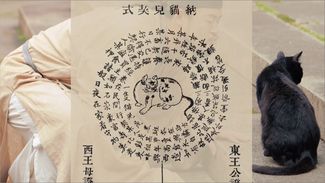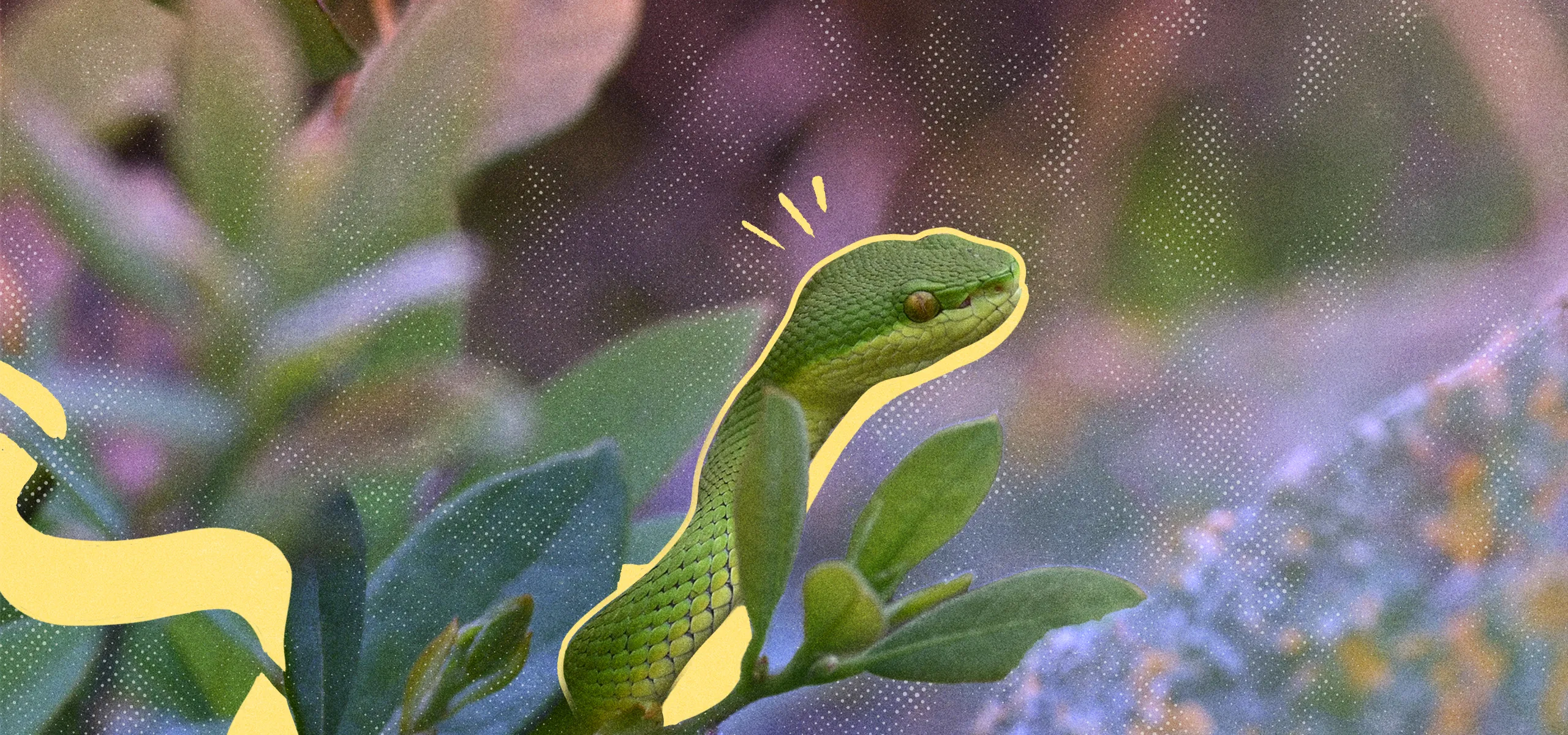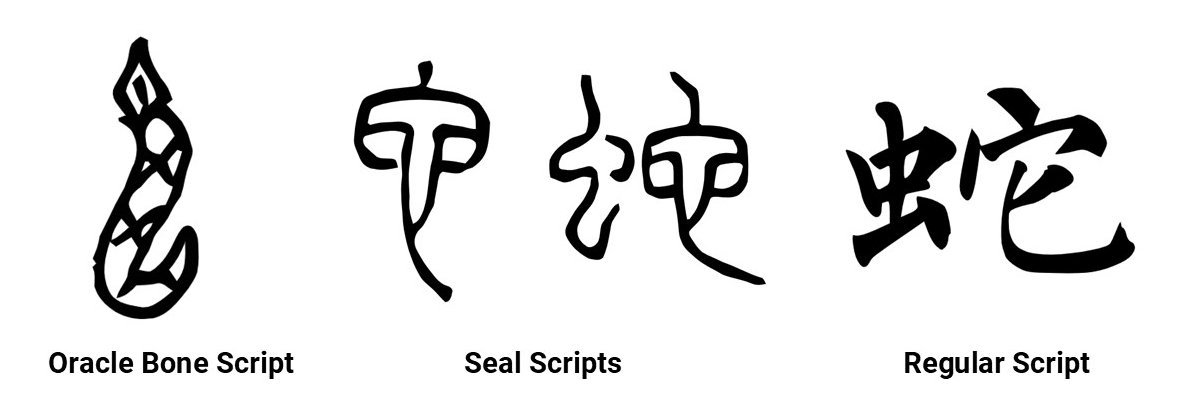Beyond the initial reactions of fear and revulsion that they often elicit, the snake’s hold on China’s natural ecosystem and the country’s language is both ancient and complex
At the beginning of this year, the Year of the Snake according to the Chinese zodiac, a surge of auspicious snake-related sayings circulated online. Yet, despite their venerated place among the 12 calendar animals, more often than not, snakes make headlines in the country for causing trouble. In one recent case, for example, a 27-year-old tourist in Sanya, Hainan province, died in early June from a suspected snakebite, sparking nationwide anxiety about how to survive such a deadly (but rare) encounter.
Legitimate public health concerns aside, negative perceptions of snakes often overshadow their vital role in China’s ecosystem, especially as many species now face extinction due to increased human activity. In light of this, on July 16, World Snake Day—dedicated to snake conservation and appreciation—we explore the origins of the Chinese character 蛇 (shé) and the reptile’s cultural and linguistic significance.
The earliest written representation of the snake, found in oracle bone script over 3,000 years ago, mimics the snake’s shape—featuring a triangular head, typical of venomous species, and a coiled body—which would later evolve into the character 它 (tā).
Discover more Chinese characters related to animals and nature:
- 能 : A Character Capable of Anything
- 物 : The Ox, the Earth, and the Infinite
- 野 : A Character Born of the Wild
An early example of the fraught relationship between humans and snakes can be found in the world’s first known dictionary, the Analytical Dictionary of Chinese Characters (《说文解字》), compiled by the scholar Xu Shen (许慎) in the 2nd century.
“In prehistoric times,” wrote Xu under the entry for 它, “people lived among the grass and were often harmed by snakes. So when they met, they would greet each other by asking, ‘No snake, right? (无它乎? Wú tā hū?),’ much like the later greeting, ‘Are you well? (无恙乎? Wú yàng hū?)’”
In modern Chinese, 它 (tā) no longer refers to a snake, but instead has become the third-person pronoun “it,” used for animals, objects, or abstract concepts. To represent “snake,” a 虫 (chóng, meaning “insect” or “worm”) radical was added around the third century, creating the character 蛇 still used today.
This character can therefore be found in the majority of names for snake species, whether it’s a python, 蟒蛇 (mǎngshé), or venomous snakes in general, 毒蛇 (dúshé). It also features in snake-related words, such as a snake-like motion or slither, which is 蛇行 (shéxíng), while something superfluous or unnecessary can be referred to playfully as “snake legs,” 蛇足 (shézú).
Snakes feature prominently in Chinese mythology, most famously in the “Legend of the White Snake,” where a snake spirit falls in love with a man. The snake even appears in China’s creation myth and serves as one of the prototypes of the Chinese dragon, yet the word 蛇 still carries a largely negative connotation in Chinese. For example, the idiom 龙蛇混杂 (lóngshé hùnzá), which means “dragons and snakes mixed together,” refers to a mix of both good- and bad-faith actors in one place. Another idiom, 蛇蝎心肠 (shéxiē xīncháng) or “a heart like that of snakes and scorpions,” is used to describe someone vicious, cruel, and malicious. People’s widespread fear of the reptile also gave rise to the idiom 杯弓蛇影 (bēigōng shéyǐng), meaning “to mistake the reflection of a bow in a cup for a snake,” describing, as you might have guessed, someone who is overly suspicious or paranoid.
However, rather than symbolizing absolute evil, the snake exists as a duality—reflecting a common theme in many traditional Chinese concepts. “The dragon and snake enter dormancy to preserve themselves” (龙蛇之蛰,以存身也 lóng shé zhī zhé, yǐ cún shēn yě), states the I Ching (《周易》), the approximately 3,000-year-old text originally used for divination and which later deeply influenced both Confucianism and Daoism. As such, a snake’s tendencies for self-preservation also symbolize patience, flexibility, and wisdom. Such characteristics have long been coveted among China’s elite, as encapsulated by the idiom 笔走龙蛇 (bǐzǒu lóngshé), meaning “the brush moves like dragons and snakes”—a metaphor for calligraphy that is fluent, expressive, and effortlessly executed.
Last but not least, there are also several modern phrases featuring 蛇 that do not refer to snakes at all. One especially evocative example is 地头蛇 (dìtóushé), or “local snake,” used to describe someone who wields significant power and influence in a particular area—often a local mobster or an unofficial strongman. As the saying goes, “A powerful dragon cannot suppress the local snake (强龙不压地头蛇 qiánglóng bù yā dìtóushé)”—even an outsider of greater power may have their work cut out for them when facing such a character.
The slang term 人蛇 (rénshé, “human snake”), meanwhile, relates to a very real and ongoing social issue—namely, undocumented migrants, often stowed away in the dark corners of ships—and carries discriminatory undertones. A “snakehead,” or 蛇头 (shétóu), refers to the smugglers who organize such illegal human trafficking. Originating in Hong Kong, both terms gained prominence during the 1960s and 70s, when waves of undocumented immigrants from Guangdong province arrived in the city across the border.
From these vastly disparate uses, it’s clear that snakes occupy a complex place in both China’s cultural and environmental landscape. And moving beyond familiar stereotypes invites us to see them not merely as symbols of danger, but as vital participants in the world we share.














